SOLID BODIES, SOFT MACHINES
“The factory as a site of memory - the body as a perceptual apparatus.”
With SOLID BODIES SOFT MACHNIES, the work embarks on a search for the interface between the human body and machine in relation to the oral history of labor migration, specifically focusing on the former Lodenfrey textile factory in Bad Ischl. The historizationand visualization as forms and functions of collective remembering as an artistic practice, the embodied memory and its conditioning, are at the center of this concept. The dialectical relationship between human and machine, their spatial and temporal connection, presents a non-essentialist concept that challenges dominant narrative and visual approaches. The work oscillates between historical facts and critical reflections.
Lodenfrey is one of the largest and most traditional fashion and traditional costume houses in the Salzkammergut region. The Lodenfrey textile factory has shaped Bad Ischl and its surroundings like no other employer. The Munich-based traditional company became known for producing high-quality coats. The company's Nazi past, in which it presented itself as a manufacturer of uniforms for the Hitler Youth and produced uniforms for the Wehrmacht during the war, was only addressed and processed late.
While the national and hegemonic historiography ("approached group") attempts to create a "uniformly homogeneous image," the work focuses on researching, documenting, visualizing, and artistically engaging with the experiences of migrants. From a critical perspective that challenges representation, intersectional postcolonial feminism seeks to question dominant narratives and collective memory, deconstructing subversive strategies.
In this process, the artist's own position and role as a speaker, with specific structural privileges and experiences, are reevaluated and questioned. How can a critical representation of the workers at the Lodenfrey factory look like without reproducing hegemonic thought patterns? Which images, or representatives, need to be discarded and replaced? How can they politically represent themselves without being represented?
Through digital painting and moving images, printed and projected onto textiles, and through the subjective narrative stance of the workers, the diverse experiences are illuminated as both individual narratives and collective experiences. Personal objects, images, and stories become part of a shared historical narrative and memory.
Multiple and hybrid life stories of the people who have contributed to the high quality of life in the region become visible, creating a counter-image to hegemonic historiography and opening up a nuanced and discursive space. Affiliations are not determined by origin but rather transnationally through shared activities, counter to a static understanding of identity, and towards a multidirectional memory.
Whose stories are told, who tells them, and for whom? Which stories are visible? Who defines the content of knowledge? Who is involved, and who is not? Who benefits from it?
Decades of invisible labor by women recruited from Turkey, former Yugoslavia, and other countries, who came to Austria and worked there since the 1970s, often spending a significant part of their lives in the Lodenfrey factory, form the starting point of this work. The traditional costumes, symbolizing something primitive, traditional, and typically Austrian, were mass-produced by these women in the production facilities of Lodenfrey.
The Lodenfrey textile factory has shaped Bad Ischl and its surroundings like no other employer. Trachten clothing was produced in the halls built in the 1950s, and almost everyone in Bad Ischl has some connection to it. In the entire Salzkammergut region, many people are familiar with the Lodenfrey factory and/or know someone who worked there. Nowadays, the former Lodenfrey factory building is used for other purposes, and little remains to remind us of the workers and their everyday lives after the production moved to other countries.
Repetitive tasks, the uniformity of organization, strict repetitions, daily work routines, and choreographies in sync with the machines, repetitive movements within a factory's schema raise the question: "Is the human body an extension of the machine, or vice versa?" What impact did the repetitive work steps have on the women? How did they cope with the pressure to perform flawlessly and at high speed, always highly concentrated? How did they endure the physical and mental strain of the demanding work? What was life like in the Lodenfreyworkers' dormitory?
What do they think about coming to the Salzkammergut as migrant workers and then being left without work after years of labor due to the relocation of production to Eastern Europe? This work is a delicate beginning for the establishment of a long-term, regional migration archive, an artistic preservation project in the Salzkammergut, which involves networking, exchanging experiences, conducting research, and artistic exploration. It puts a spotlight on the empowerment of migrants and refugees, aiming for inclusive knowledge production that counters forgetting and where current discourses and future visions can be addressed collaboratively.
The work aims to intervene in the existing local nationalist-oriented culture of remembrance to highlight the realities of transnational labor migration and global refugee movements as part of Austrian and local history and present. A shift in thinking and a critical examination of archives, museums, and history books from an anti-racist perspective is necessary and should be encouraged. Connections, new interfaces, and links to the present regarding flight, migration, and labor are to be established.
Conversations with former workers of the lodenfrey textile factory in Bad Ischl

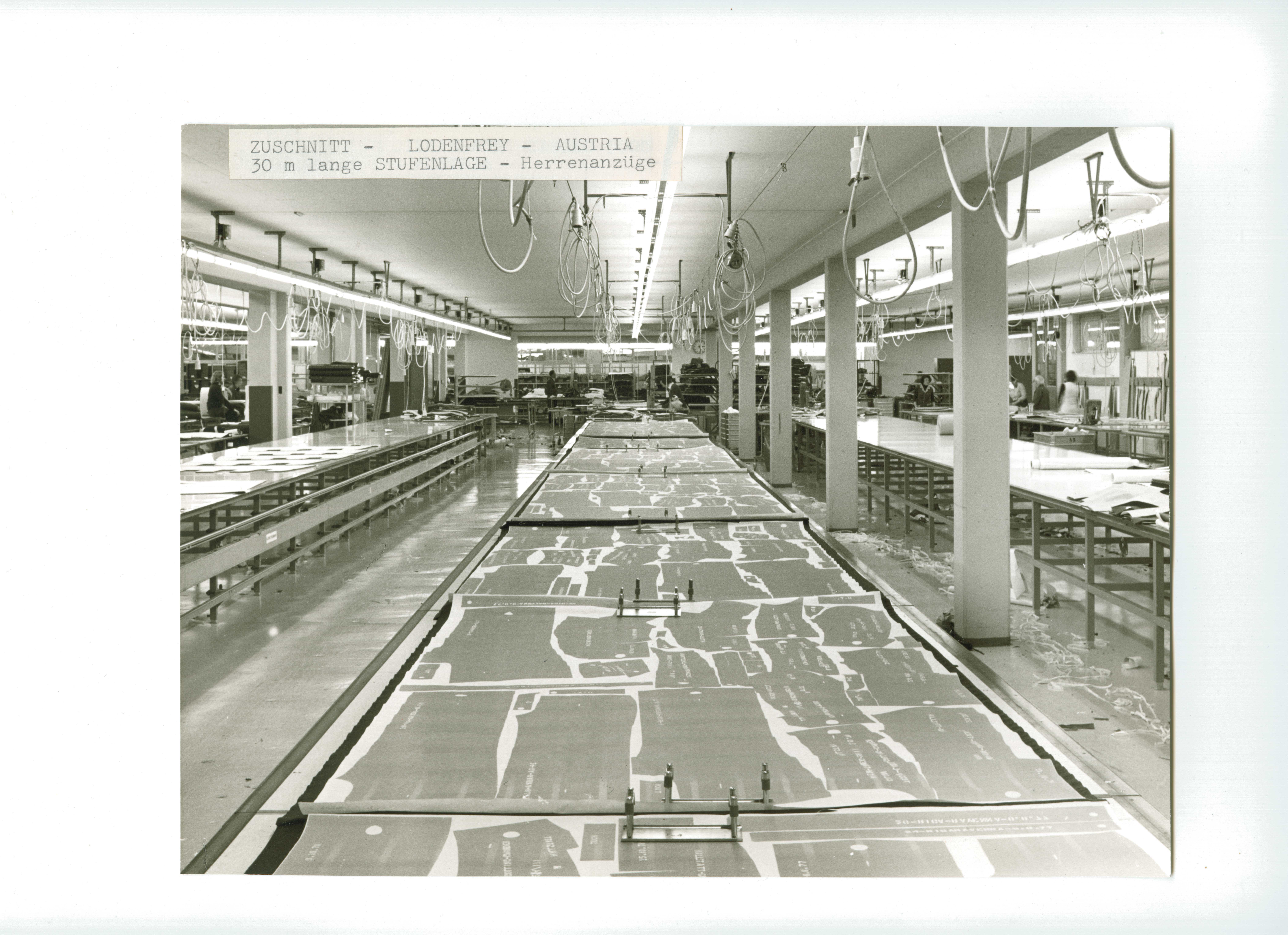

"All the workers there are my friends..." Günay, a worker who came from Turkey to Bad Ischlin the mid-1970s at the age of 28, shares. In a region where the well-to-do and even the imperial family sought relaxation since the monarchy, workers from near and far found a new way of life decades later. A world that consisted largely of piecework, precise mechanical processes, and increased production. Dozens of families came from former Yugoslavia and Turkey, later from Poland as well. What happened to them after the textile industry moved to Eastern Europe in the 1990s or closed its doors forever?
During my research for this project, I had conversations with some of these workers, their family members, and eyewitnesses about their lives. Many of the invited workers lived, often with their families, in the dormitories provided by the local textile companies. I had already heard about these dormitories from my mother. Nearly 40 years ago, she and my father made their home near the Salzkammergut. My oldest sister was born in this region. My parents always raved about the wonders of nature that the region had to offer.
But the workers, who were recruited, for example, as seamstresses and couldn't enjoy the benefits of the beautiful nature, were also ingrained in my mother's memories. Buses that brought tired workers to the factories early in the morning and returned them even more exhausted were part of the stories I heard from people. People who worked in the factories like machines, always racing against the precision and tirelessness of the machines they operated, which were supposed to make their work easier. From the dormitory to the bus and straight to the machine.
Buses from Bosnia arrived in the early 1970s, carrying men, women, and children. One of those children was Nusret. He came with his mother but had to return to the Bosnian city for two more years, where there was already a highly developed textile industry, as he tells. Because his mother had no childcare, Nusret only attended school in Bad Ischl for the last years of his compulsory education. "We lived in the company dormitory for 18 years," he recalls, showing pictures from those days. For his mother, Zuhra, the work was physically and mentally exhausting.
The assembly line work pushed her to the limit of her strength, but she managed. After work, there was usually not much energy and time left for anything else. Until her retirement, his mother, the worker, stood at the line, recalls her son.
Maria is a worker from the region. She started going to the factory at a very young age, early in the morning, and learned about the hard work at the machines. She refers to the machines as "automatons." She had an accident at one of these machines early on, injuring her thumb. "You had to keep up with the pace, and many couldn't handle it. It was always stressful - everything had to be done quickly," she says. Other workers describe their tasks in a similar way. Maria found a way to cope with the monotonous work. She created choreographies for dances in her mind and worked on the fabrics with her hands, always in rhythm with the music in her head.
"I started working immediately when we came to Bad Ischl in 1976," says Günay. She had to leave her oldest child in Turkey, as the retired worker couldn't find childcare. The second child was later taken care of during the day by a woman from the region. However, she was not very reliable or interested. One day, she just didn't show up anymore. The second caretaker was from former Yugoslavia and stayed longer. Working at the machines became easier when her thoughts weren't constantly with the children.
"For the workers, everything was very well organized," Günay explains. There was a company kindergarten. In the morning, buses would pick up the workers from the dormitory and take them to the factory - and back in the afternoon. "We liked our work, even though it was hard," says Emine, who also shares her memories. Women who often met for the first time in the factory became friends and are still in touch today. Elif, one of these friends, reveals that her daughters also started working in the factory. One worked in her father's department, and the other worked in the ironing station, where the mother also worked.
Naile, who was invited from Turkey to work in the spa town, recalls that she and her colleagues were reprimanded for talking too much during work. She personally didn't like talking during work. It would have been more pleasant to work with people who spoke the same language, even if there were communication problems. It was easier to work with the German-speaking women or with the women from former Yugoslavia. The friends laugh.
Operating the machines required continuous attention, precise precision, and nimble hands that repeated swift movements incessantly. They were robust, precise, delicate. Just like the people operating them.
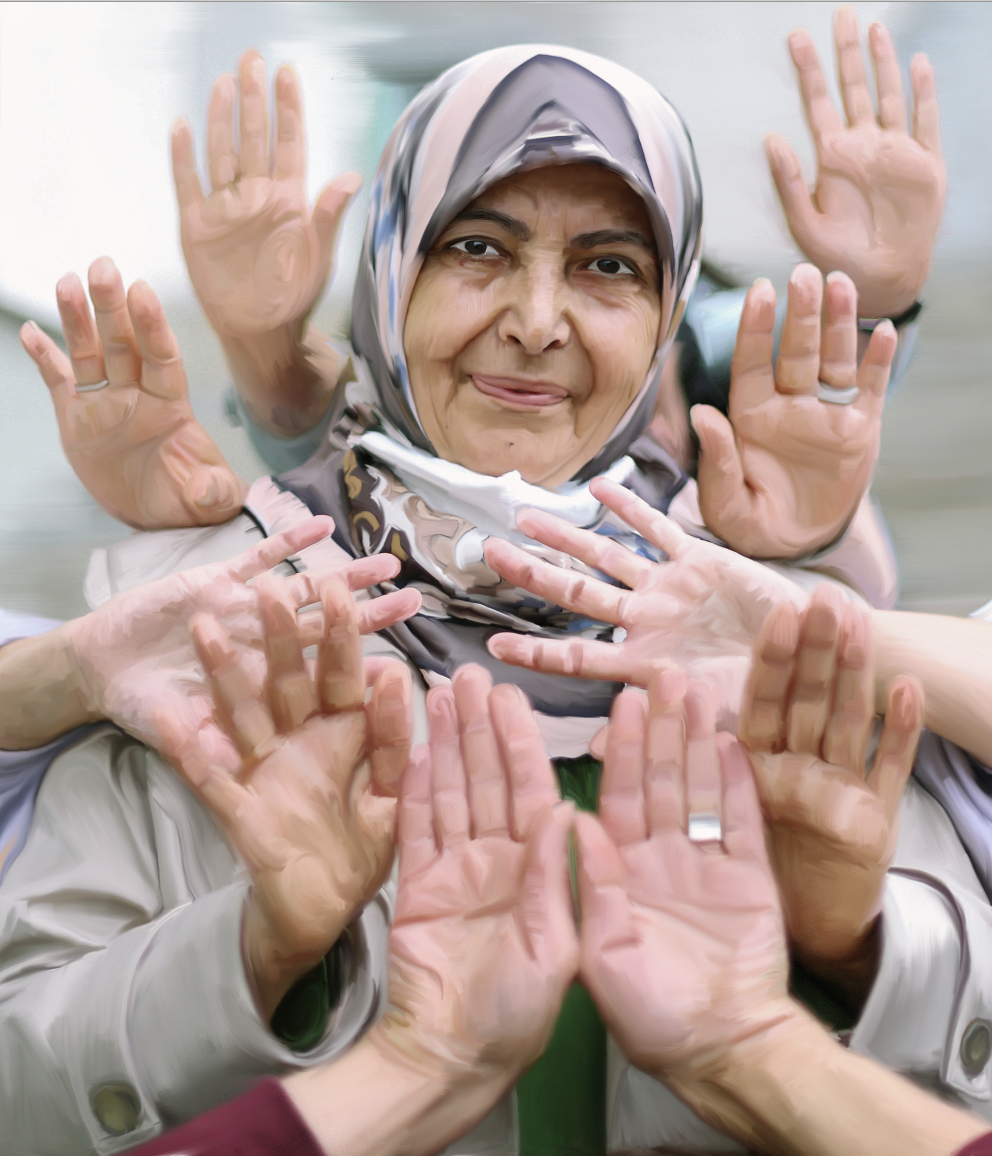
Bildunterschrift
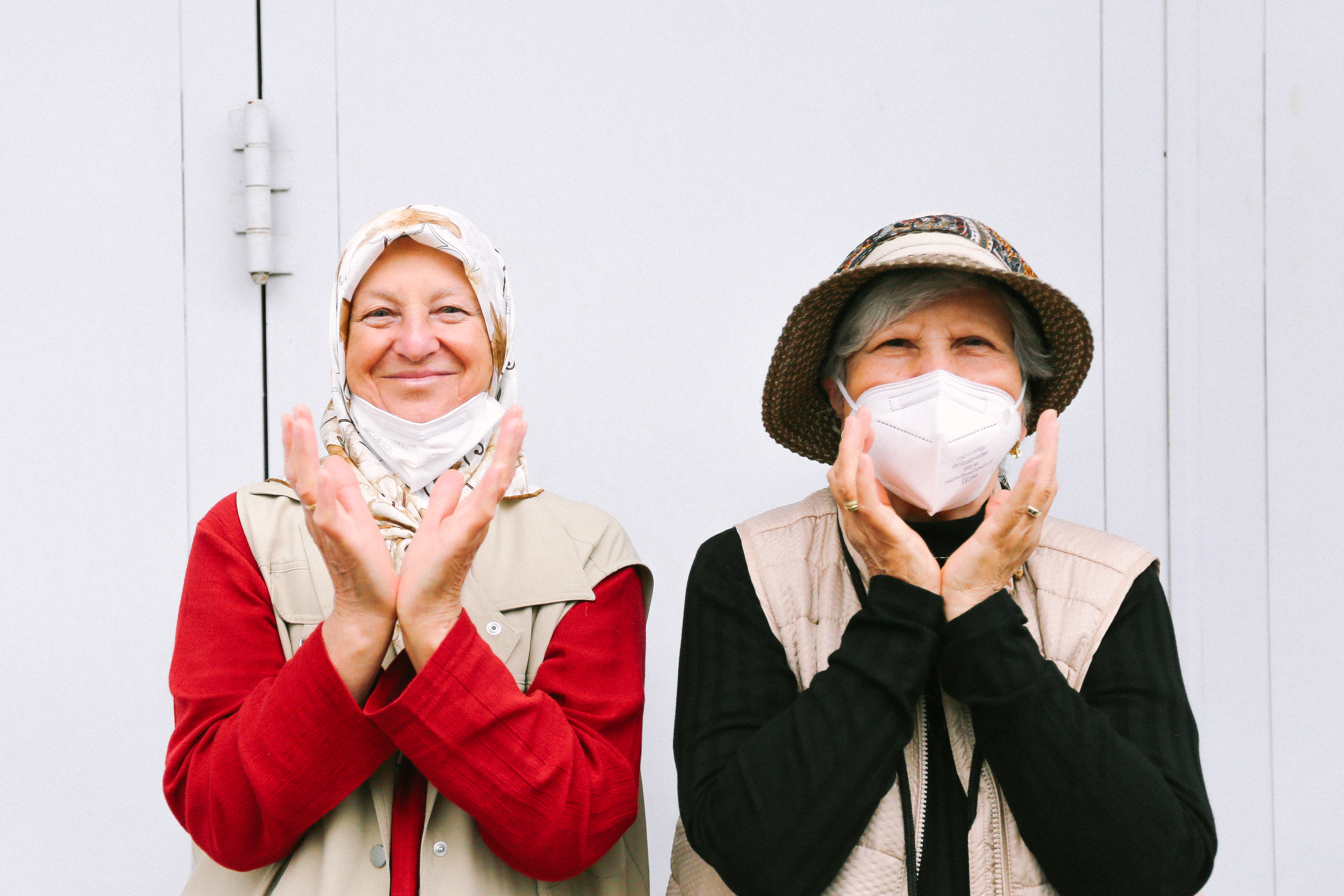
Bildunterschrift
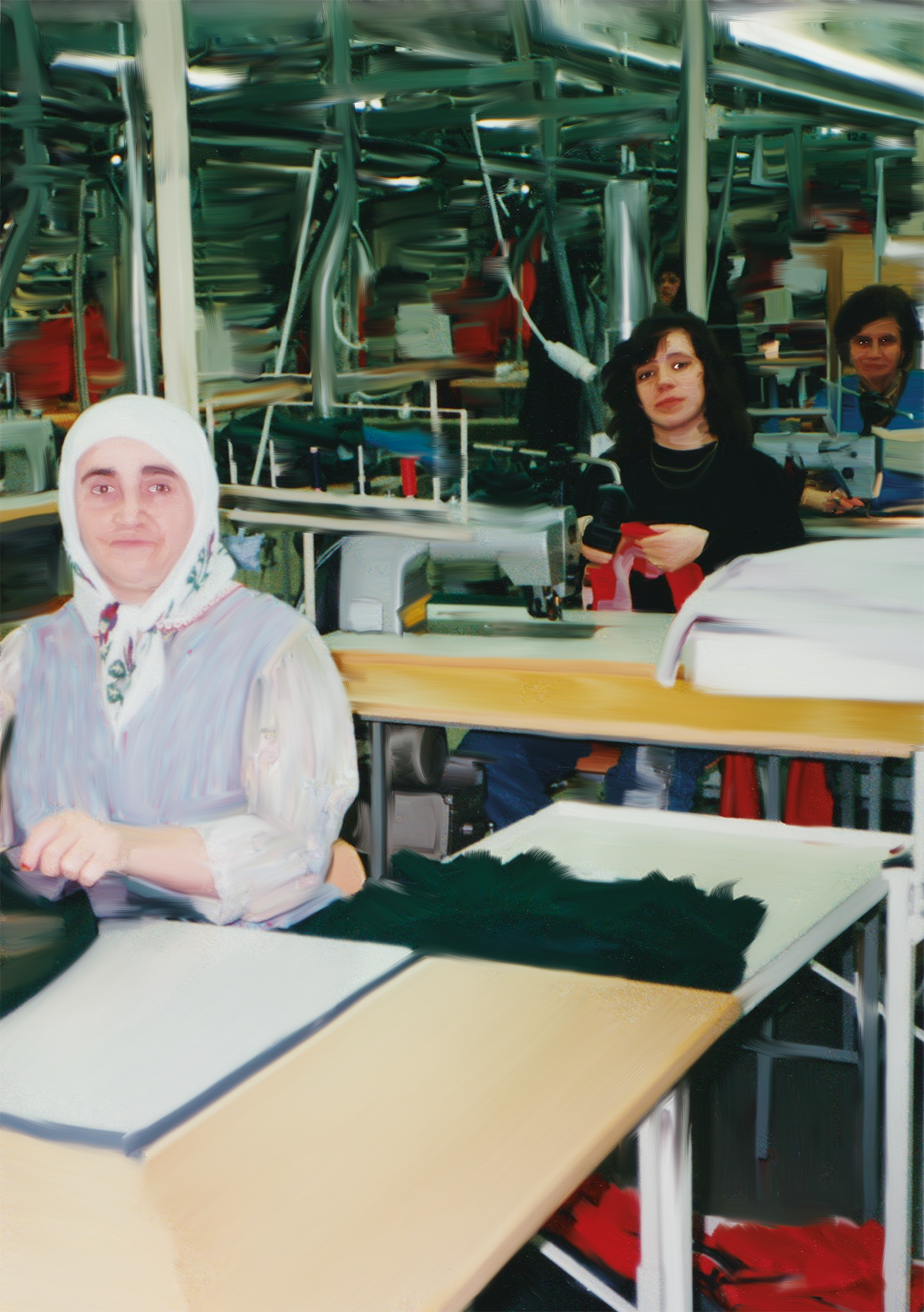
Bildunterschrift

Bildunterschrift

Bildunterschrift
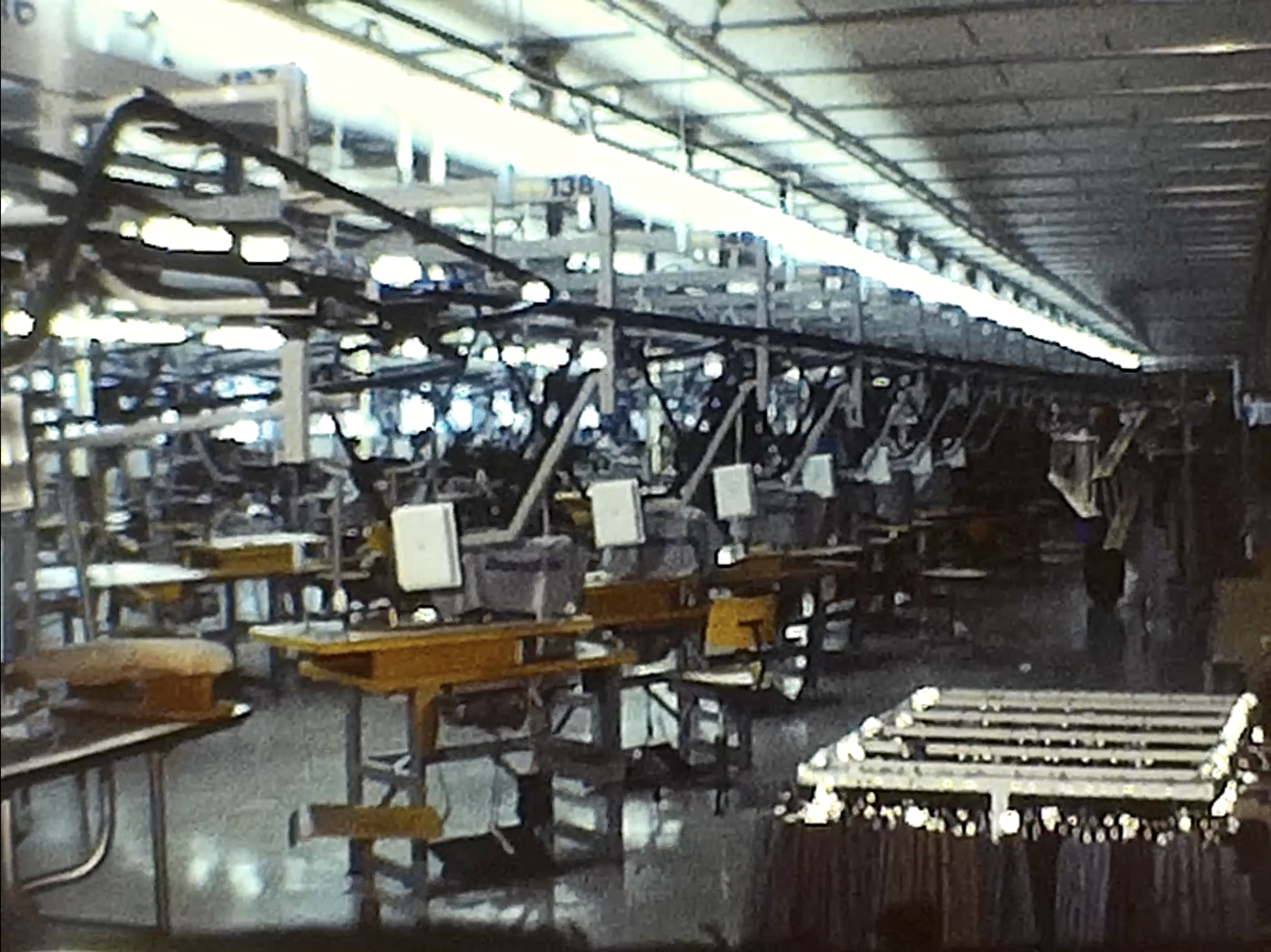
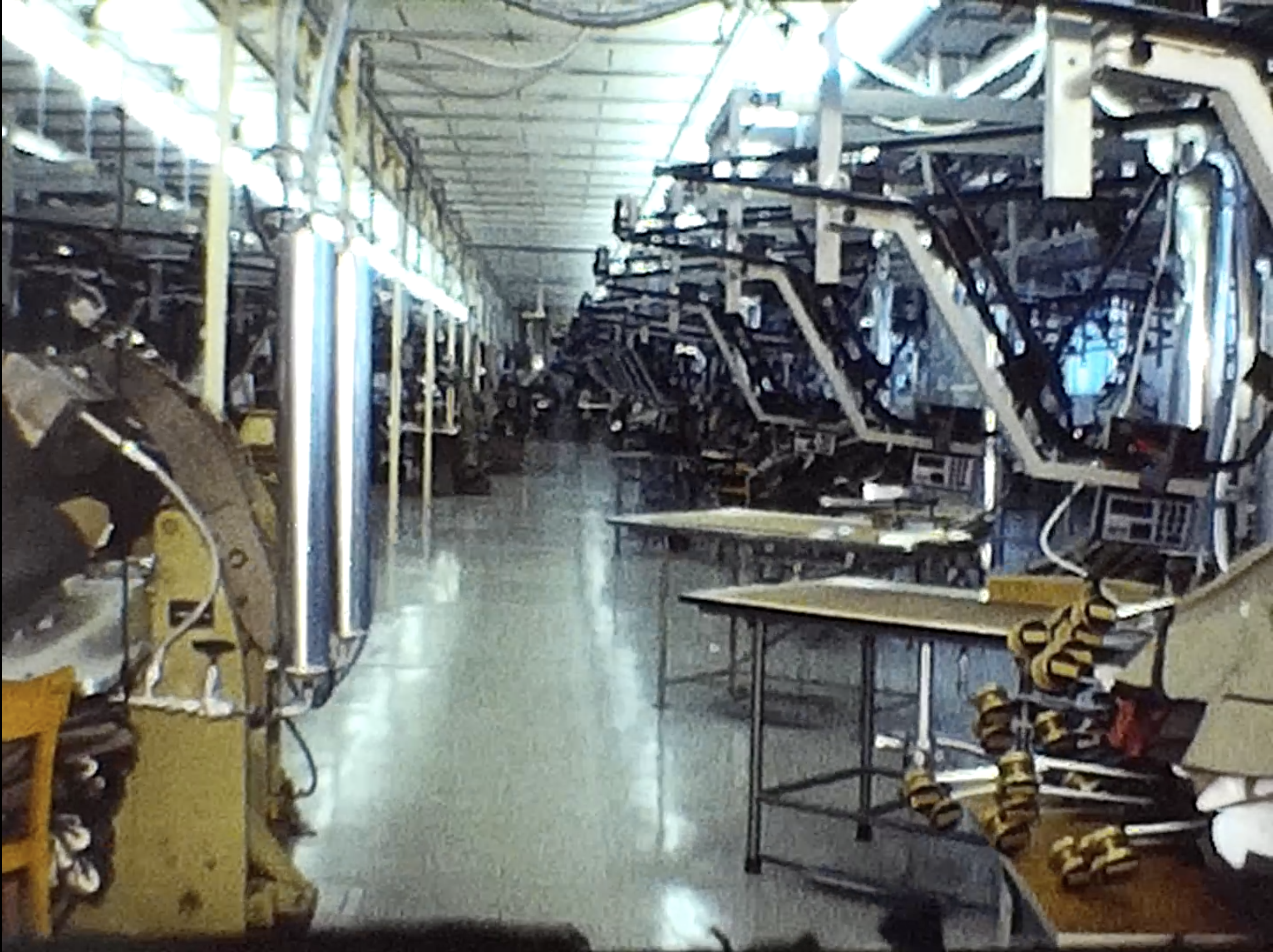

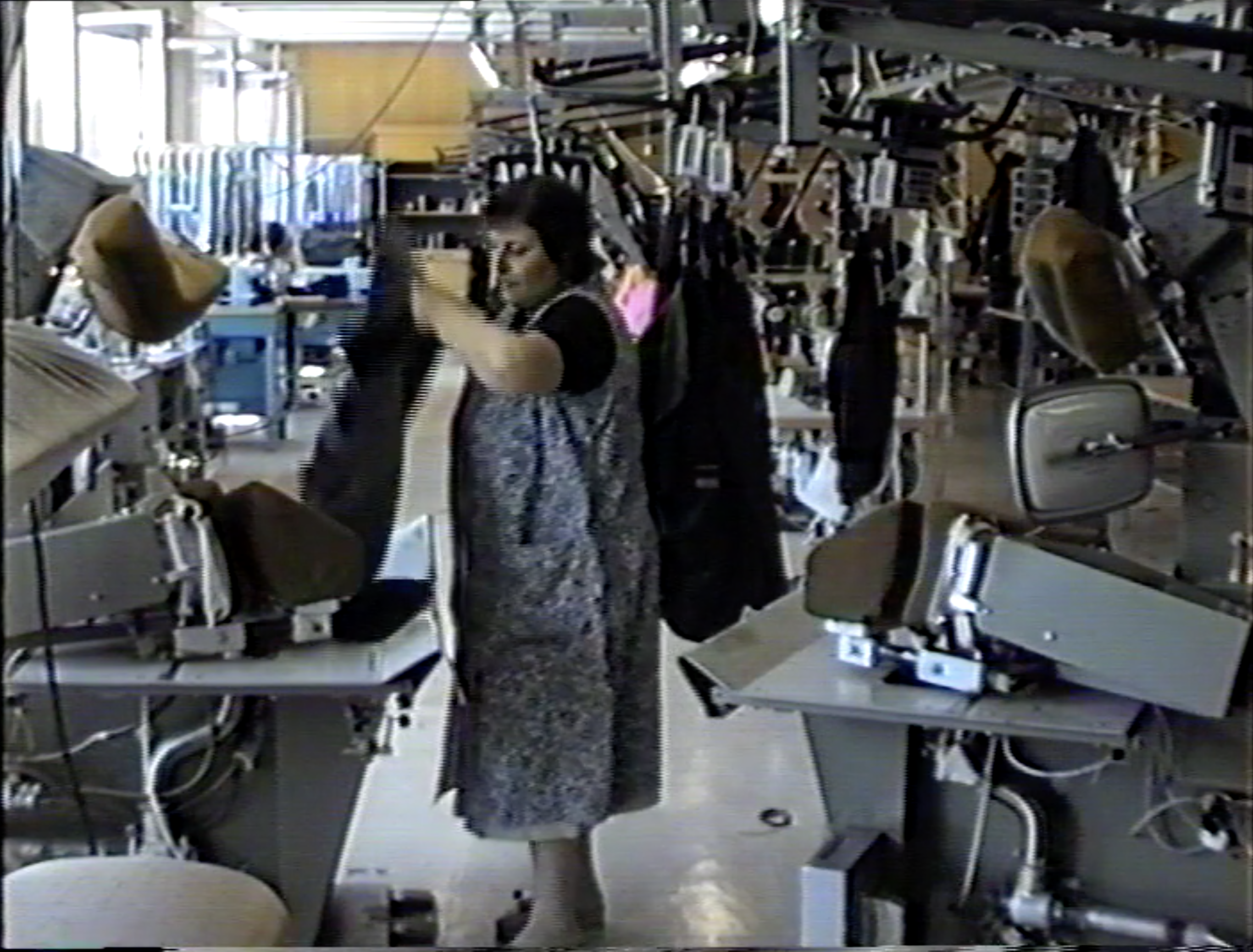

Bildunterschrift
